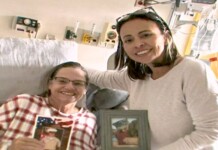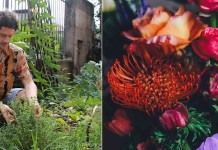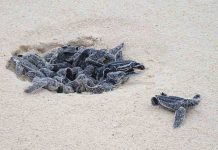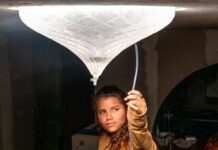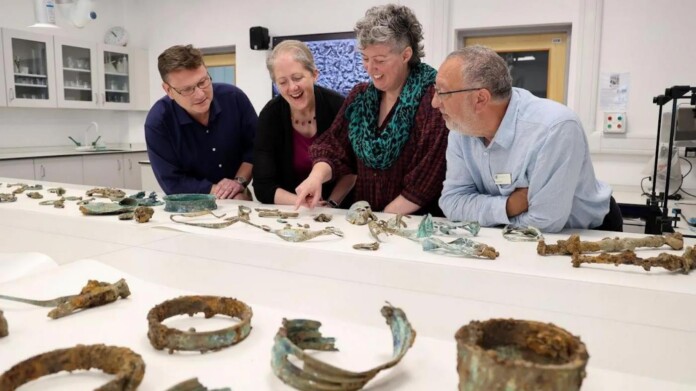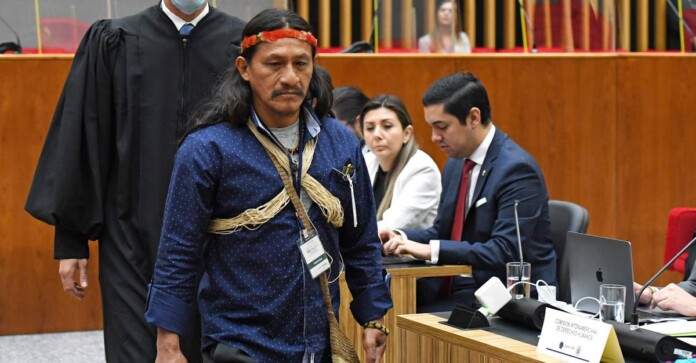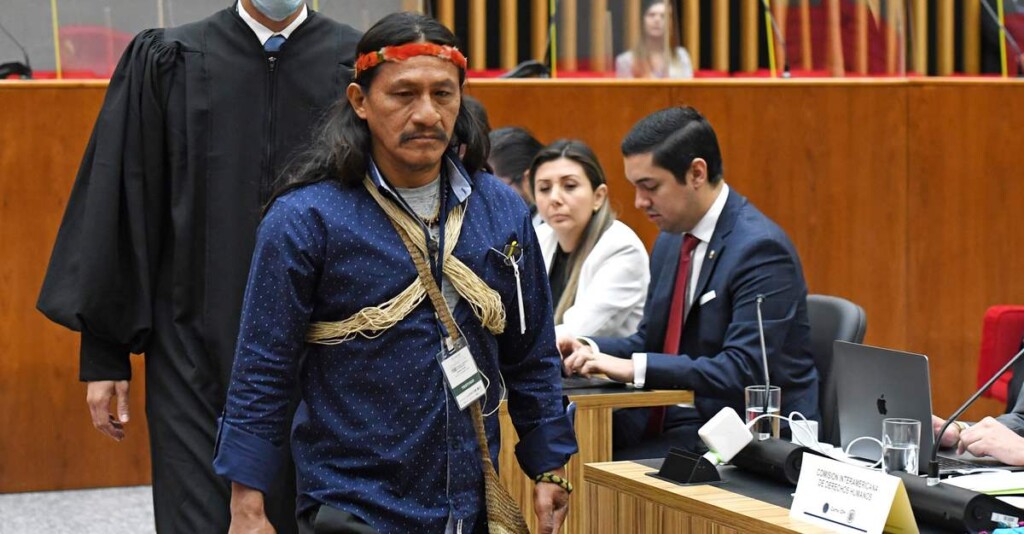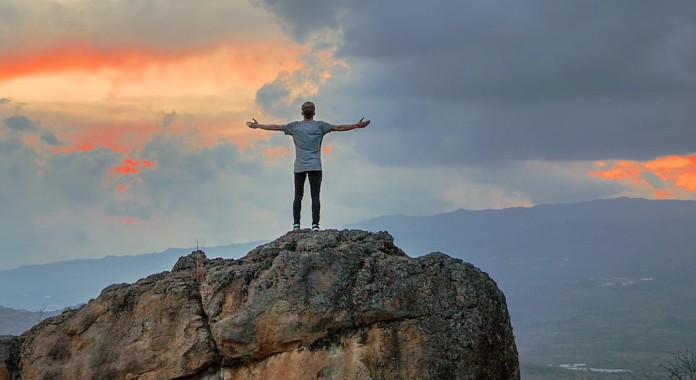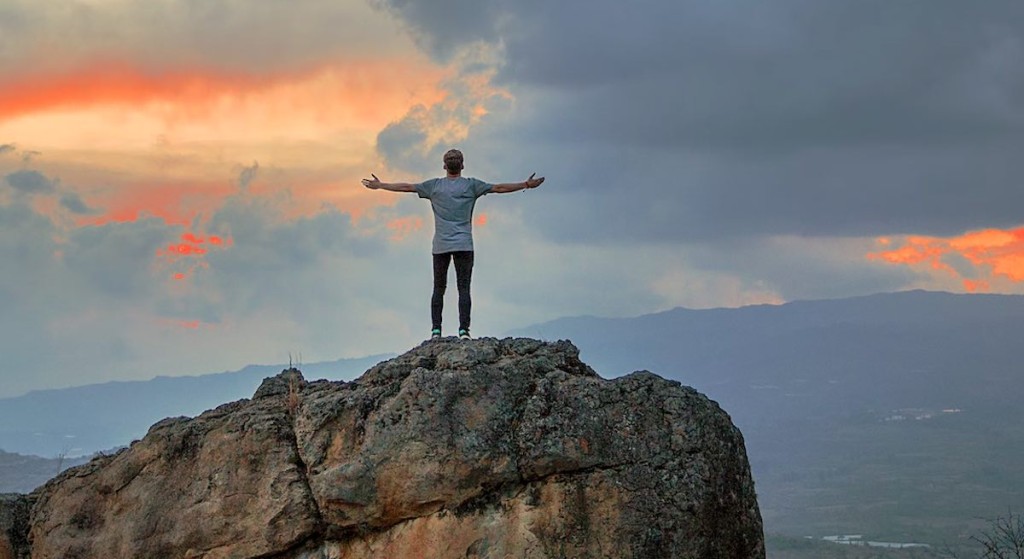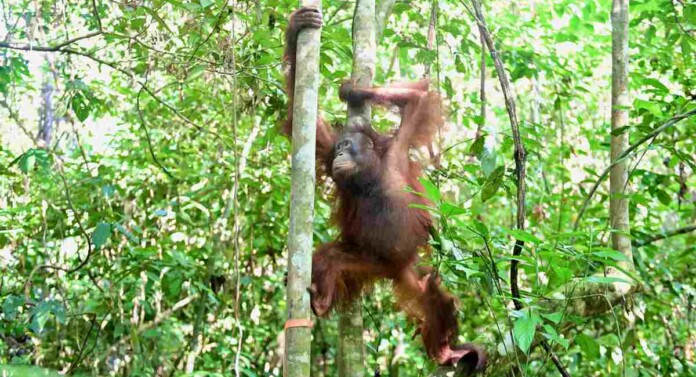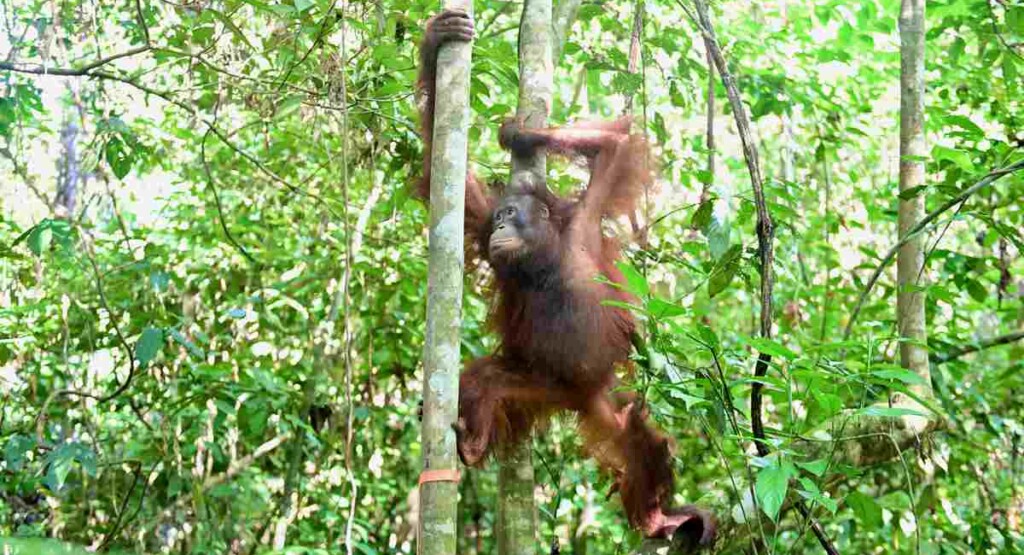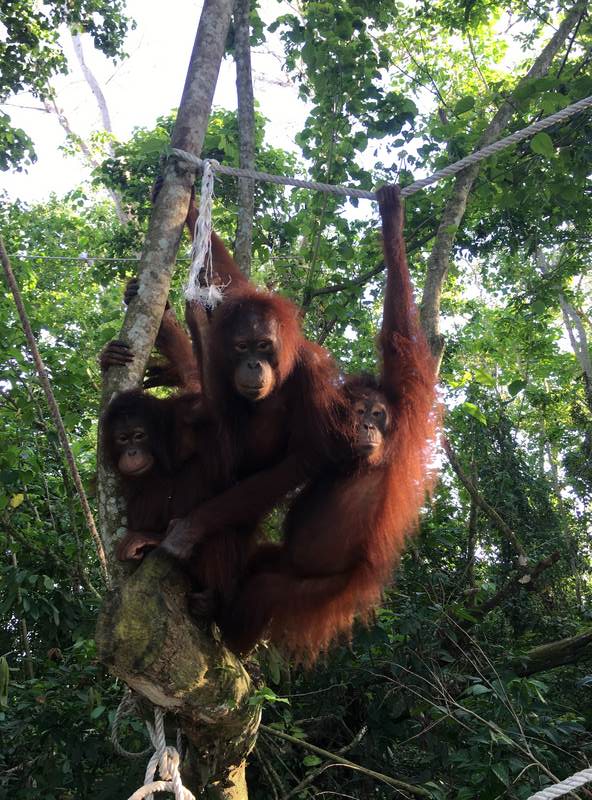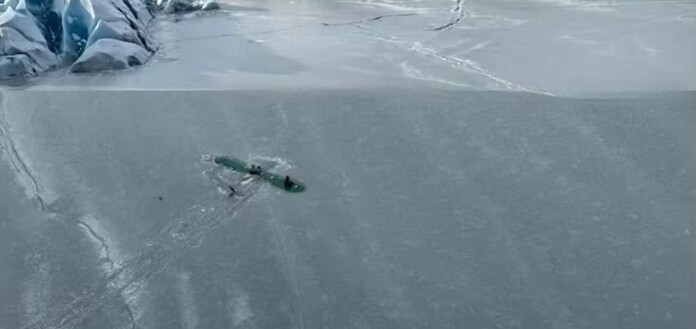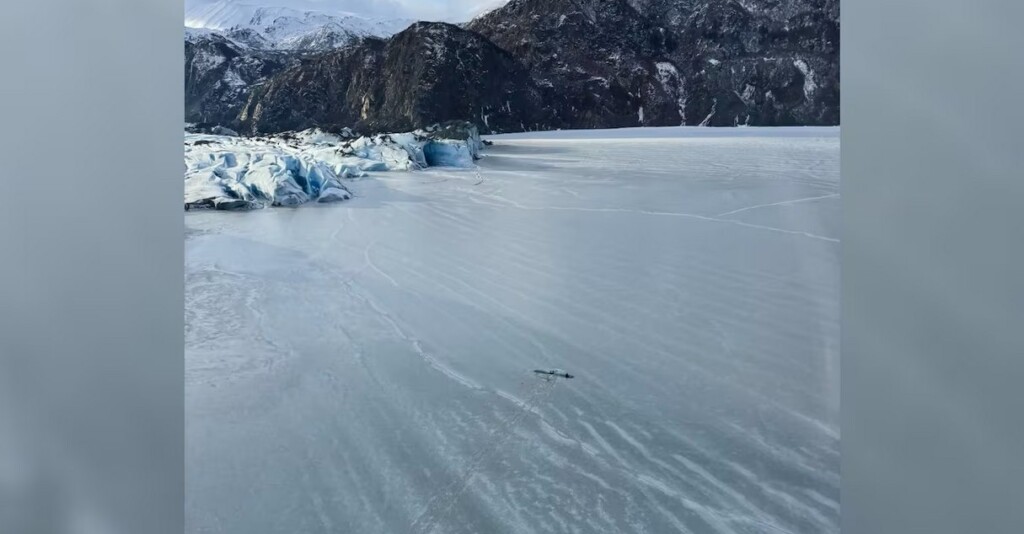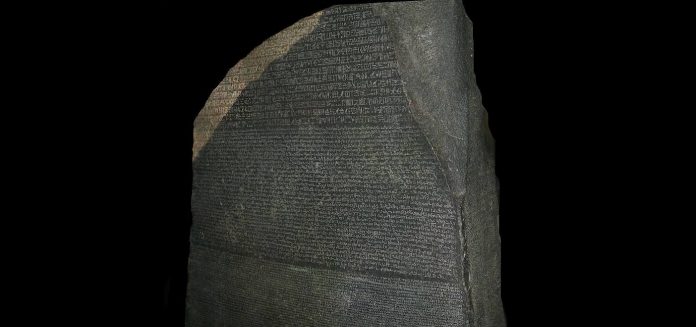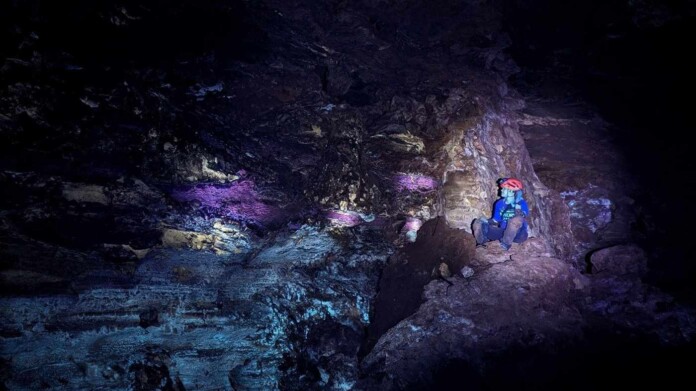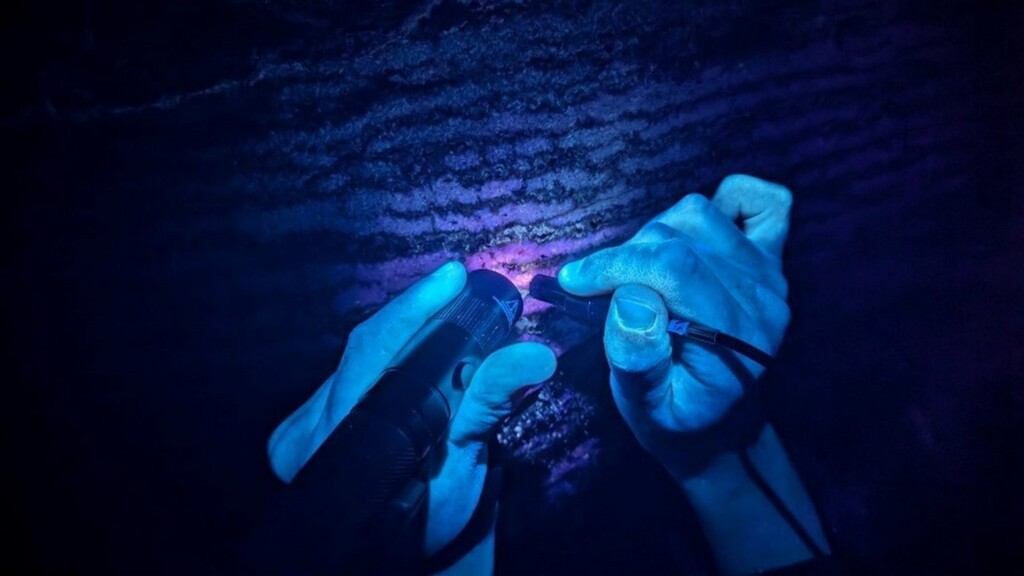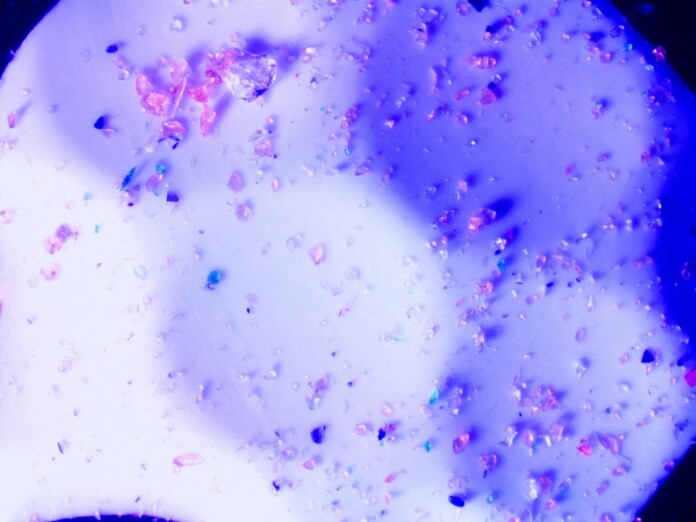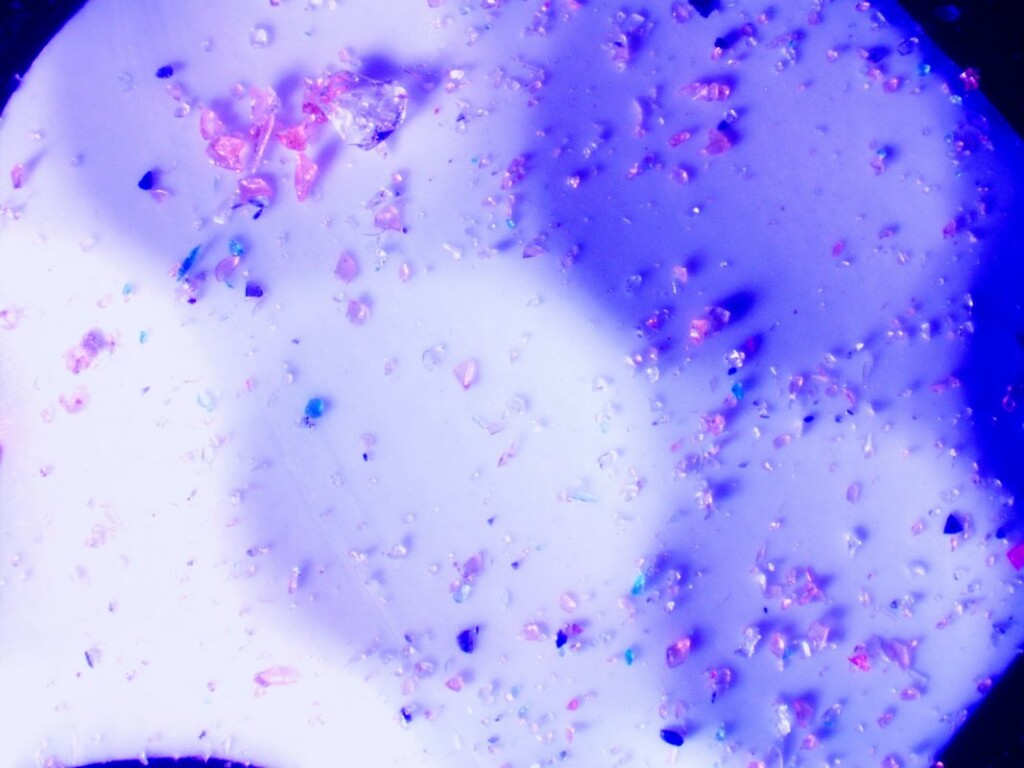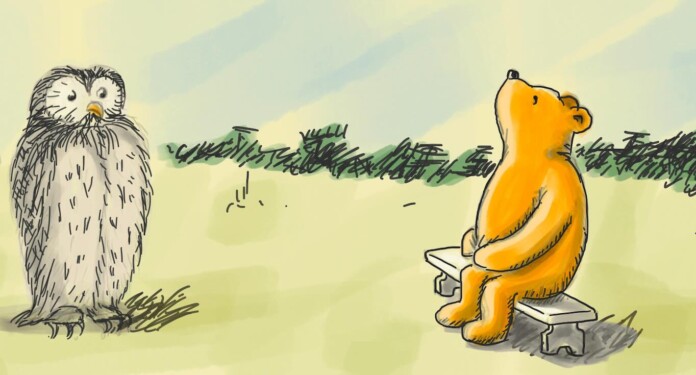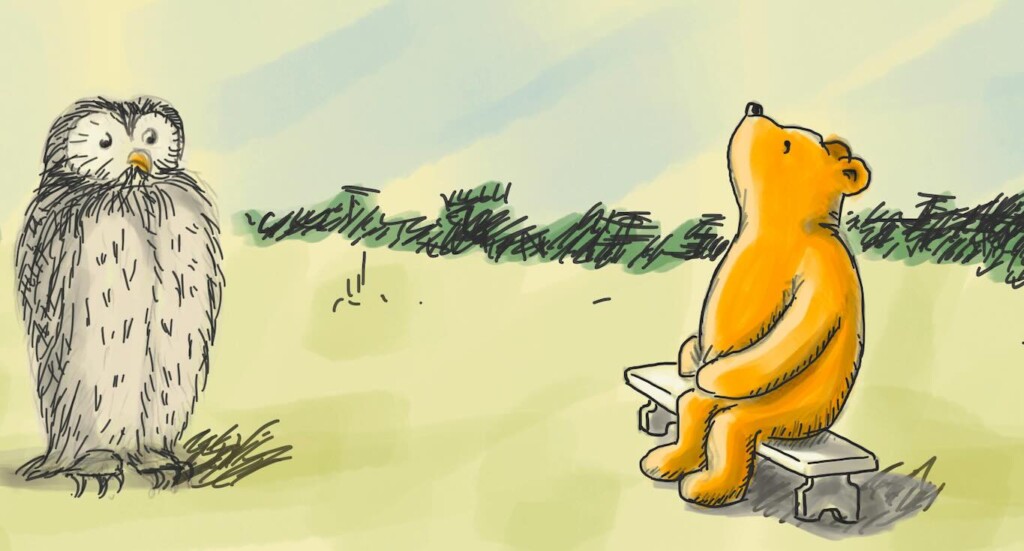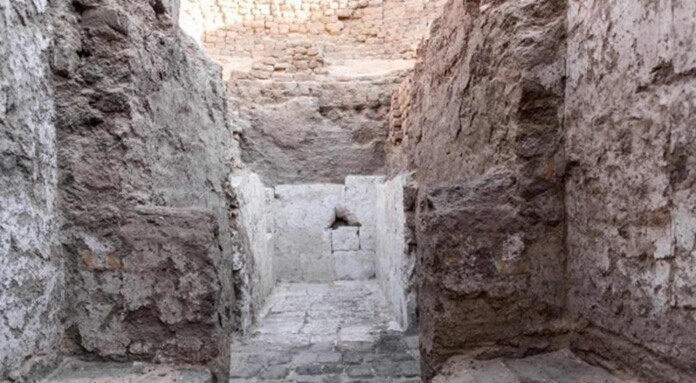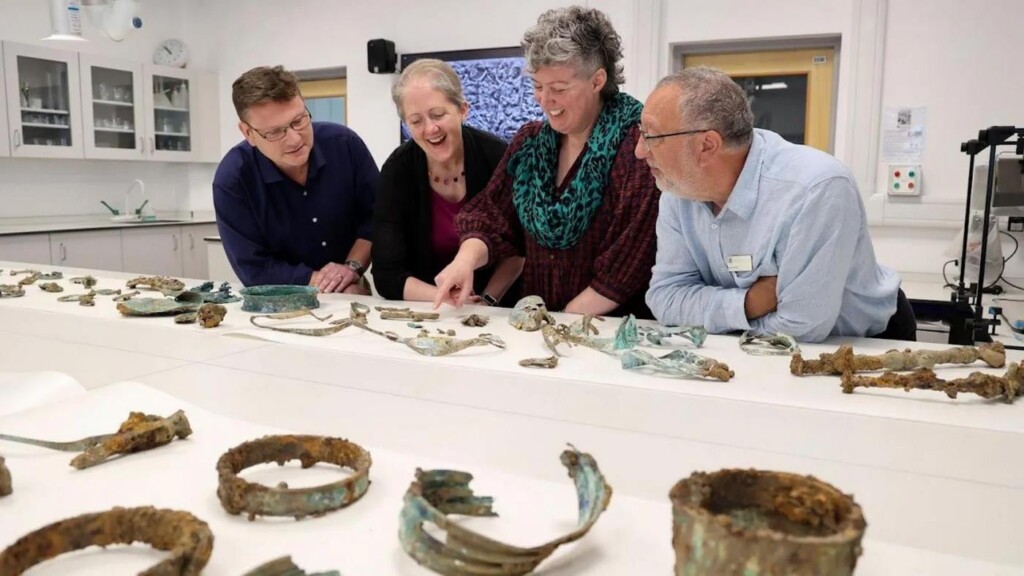
One of the “largest and most important” hoards of Iron Age artifacts ever found in England has recently been cleaned, studied, and presented to the media.
It demonstrates a previously unknown level of wealth and trading connections typically associated with the southern Britons at this time, but not generally thought of to be present in the north.
Called the Melsonby Hoard after the name of the town in which it was found, it was discovered in North Yorkshire by a metal detective named Peter Heads who secured permission from a landowner to survey a field.
After he discovered the items, Mr. Heads contacted the government as is done in England according to the Treasure Act. Tom Moore, a professor and head of the Department of Archaeology at Durham University and part of the team that excavated and examined the hoard, called it “exceptional for Britain and probably even Europe.”
“Whoever originally owned the material in this hoard was probably a part of a network of elites across Britain, into Europe and even the Roman world,” he said in a statement.
The items are varied, and include two iron cauldrons, over 20 iron wagon wheel components from chariots, horse bridles and bits, ceremonial spearheads, and a large iron mirror.
The cauldron bears some similarities to examples from Leicestershire in the Midlands of England, and from Wiltshire in southern England. However, those finds are not as large as the Melsonby cauldron, which retains unique features including elaborate fish motifs depicted in the base, that are very unusual for the period.
BEST OF IRON AGE BRITAIN: Archaeologists Discover a ‘Master Blacksmith’s’ Workshop Dating to the Very Dawn of the Iron Age in Britain
The wine-mixing bowl has parallels in Etruscan vessels and is decorated with coral beads or studs and two cast copper alloy masks of human faces.
“It was only really when we went back to excavate the hoard and we opened up a much larger area that I think Peter and I, and all of the team, realized we were on to something really exciting,” Moore recalled.
MORE HOARDS: Archaeologists Discover Huge Iron Age ‘Weapon Sacrifice’ – A Curious Custom Predating Vikings
Many of the items were destroyed in what could be considered a ceremonial fashion before being buried, a curious and very European method of demonstrating wealth and perhaps honoring gods and or ancestors.
“The destruction of so many high-status objects, evident in this hoard, is also of a scale rarely seen in Iron Age Britain and demonstrates that the elites of northern Britain were just as powerful as their southern counterparts,” Moore said in a statement.
WATCH a video on the items and their discovery…
SHARE This Latest In Iron Age Britain With Your Friends…



